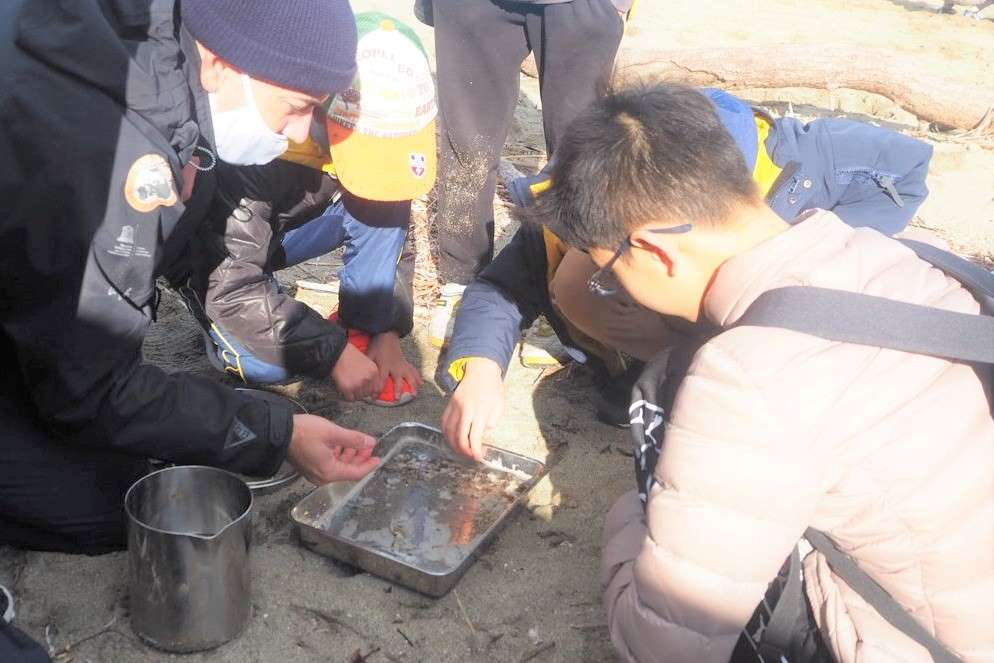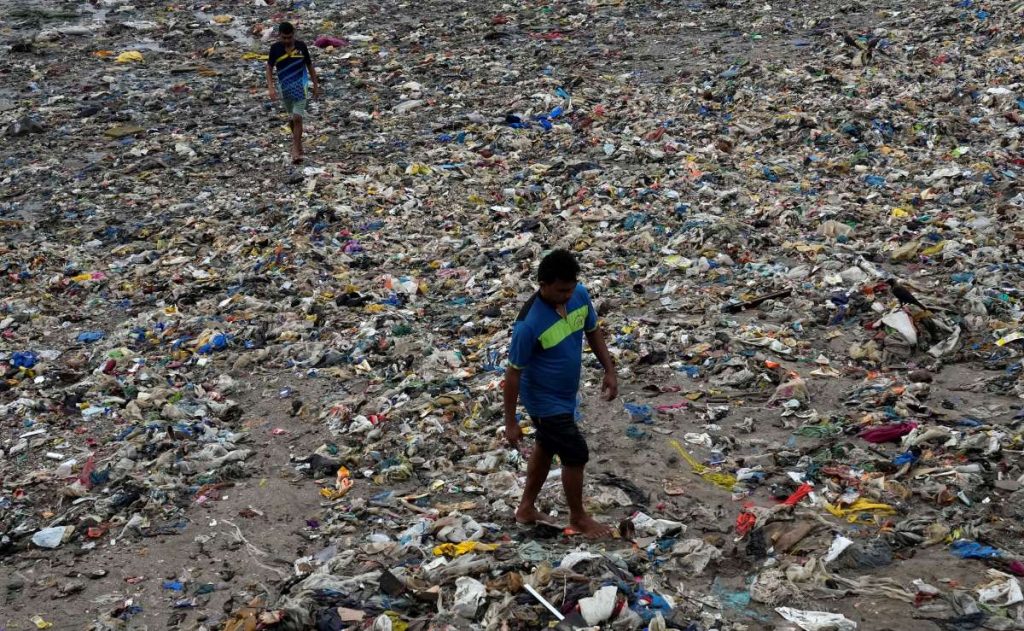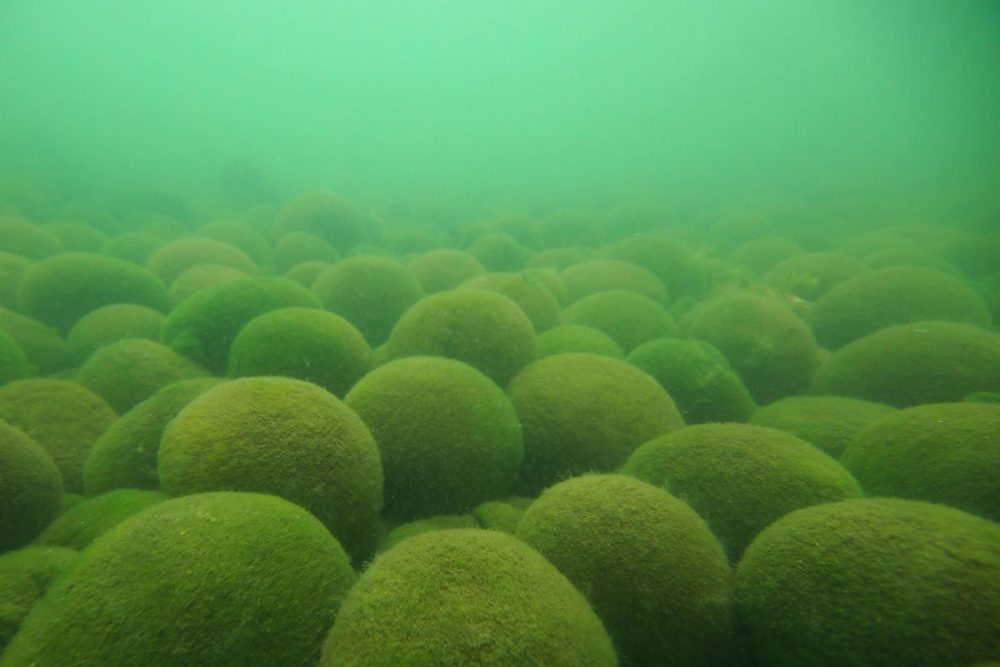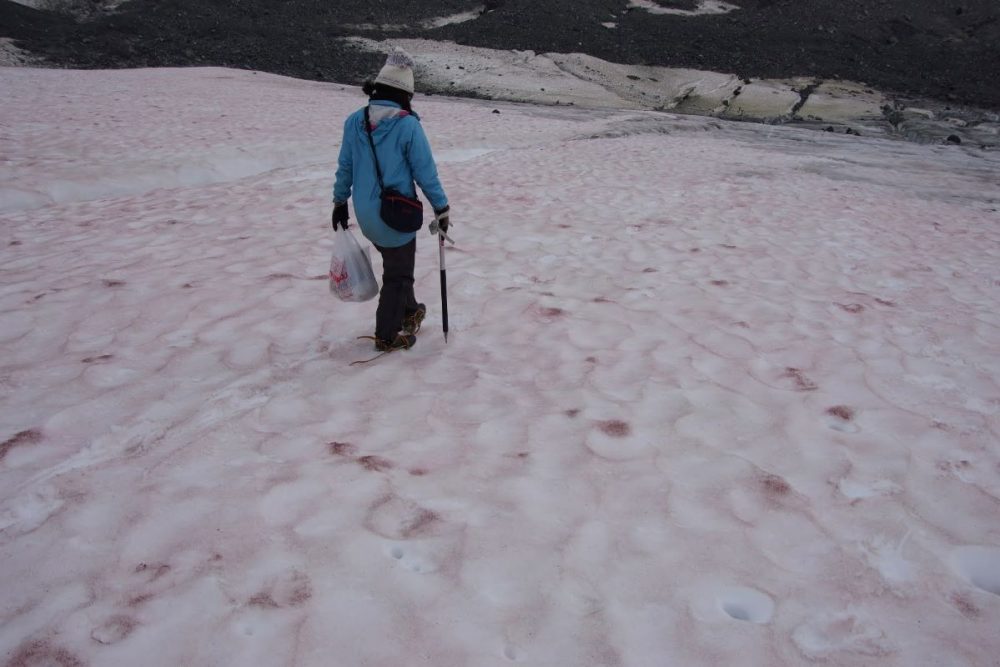500 Million Tons of Disappeared Plastic Waste: Flow into Oceans Is Just the Tip of the Iceberg
A research team has released surprising results of simulations that shed light on the whereabouts of plastic waste in our environment.

このページを 日本語 で読む
Plastic is an indispensable part of modern human life. Marine plastic waste — improperly disposed of plastic trash that flows into the oceans — has become a global issue.
Using computer simulations to predict the whereabouts of this plastic waste from the last 60 years, a research team from Kyushu University obtained surprising results. Less than 5% of the waste could be located, and the majority had gone missing.
Where did it go, and could its disappearance have any impact on the drive to reduce marine plastic waste?
The Mystery of the Disappearing Plastic Waste
Plastics leaked into the environment can remain in nature without decomposing for hundreds to thousands of years. Since the use of plastic products became widespread in the 1950s and 60s, plastic waste has continued to accumulate all over the world.
These plastics turn into microplastics when they degrade due to ultraviolet rays or ocean waves. Because marine organisms can ingest these microplastics, their impact on the environment and ecosystems is of concern.
Research to date has shown an estimated 2 million tons per year of plastic waste flowing into the oceans (as of 2010). Some estimates go as high as 4 million tons. Meanwhile, the volume of plastic waste actually observed in the oceans is only about 250,000 tons. This large gap between estimates and observations has given rise to the “missing plastic mystery”.
A research team led by Professor Atsuhiko Isobe (Physical Oceanography) of Kyushu University used computer simulations to reveal the flow of leaked plastic waste by weight over the 60 year period from the 1960s to the present.
The team first determined the total volume of marine plastic waste. Most marine plastic waste flows from rivers into the sea. It is estimated that about 90% of this total volume is released from just 100 rivers, most of which are in Asia. For the countries encompassing the mouths of these rivers, the amount of plastic waste was assumed to increase alongside growth of gross domestic product (GDP).
Using an estimated 2 million tons released in 2010 as a base, the team calculated that roughly 25 million tons of plastic flowed into the ocean over the past 60 years. This figure also includes debris generated from the fishing industry.

Breaking down the Details of Marine Litter
Next, the team ran a simulation of 25 million tons of plastic waste being released into the world’s oceans. The simulation incorporated processes whereby large pieces of plastic turned into microplastics, adhered to microorganisms or sunk to the seabed, or became so fine that they cannot be sampled or observed with current technology.
Virtual particles approximating plastic waste were used to reproduce and trace the movement of plastic waste around the world as it is impacted by ocean currents, waves, and wind, and finally disappears when it sinks or becomes too fine.
Study results found that 6.6 million tons of plastic large enough to be visible and 1.8 millions tons of microplastics were repeatedly drifting and washing ashore. An estimated 16.8 million tons disappeared from ocean shores and surfaces, for instance by attaching to living organisms and sinking to the seabed.
When these numbers were compared to the volume of plastic waste actually observed on coasts and ocean surfaces around the world to verify the study’s results, the simulation was confirmed to be a good representation of actual conditions.
As such, this is the world's first study to clarify the breakdown, by weight, of where and how much marine plastic is flowing into the oceans.
500 Million Missing Tons
Some estimates put the volume of improperly disposed plastic that is released into the oceans up around 30 million tons annually. Calculations adjusting for the impacts of GDP growth produce an estimate of roughly 500 million tons of plastic waste that has leaked into the environment to date.
The 25 million tons in the ocean account for only 4.7% of that figure, suggesting that the majority of this plastic waste has disappeared on land. A portion of this waste may have become extremely fine microplastics on the scale of a few hundred microns (one micron is one-thousandth of a millimeter), that have scattered in the environment, floated into the atmosphere, or flowed out into the oceans.
Professor Isobe points out, “Plastic waste piling up on land leaves a legacy. Over time, it could slowly flow out into the oceans.”
Measures are being implemented around the world to limit the use of plastics in order to reduce marine plastic waste. However, if land is serving as a vast storehouse of plastic waste, the figures that were used to determine the level of reduction of plastic use must be reconsidered.
In addition, the impact of plastic waste on marine environments and ecosystems has been regarded as the major problem. But it is also necessary to evaluate where the waste is accumulating on land, as well as the environmental impacts that it will have there on ecosystems, air, and soil.

Understanding Plastic Litter around Town
To understand the whereabouts of plastic waste on land, Professor Isobe and his colleagues are working on a citizen-science research project to collect images of plastic waste using a smartphone app.
When one posts a photo of litter found around town on “Pirika,” a social networking app dedicated to picking up litter, the date, time, and location information are recorded along with the image. The system then automatically determines the type, such as plastic shopping bag or PET bottle, and volume of the litter. The app collects data that can help quantitatively reveal the current state of plastic waste on land.
The data reported is expected to provide the basis for building a computational model to estimate the total volume of litter. The data could also be used for various analyses on how litter remains, or how it is broken down and scattered.
Professor Isobe adds, “No one knows how many PET bottles and plastic shopping bags are thrown away on city streets. We didn’t have any such data until now. This system may also be able to tell us the percentage of plastic produced that is leaked into the environment. I hope many people participate.”
Anyone can participate by downloading the Pirika app (https://sns.pirika.org). The project is scheduled to continue through the end of March 2025.
このページを 日本語 で読む











